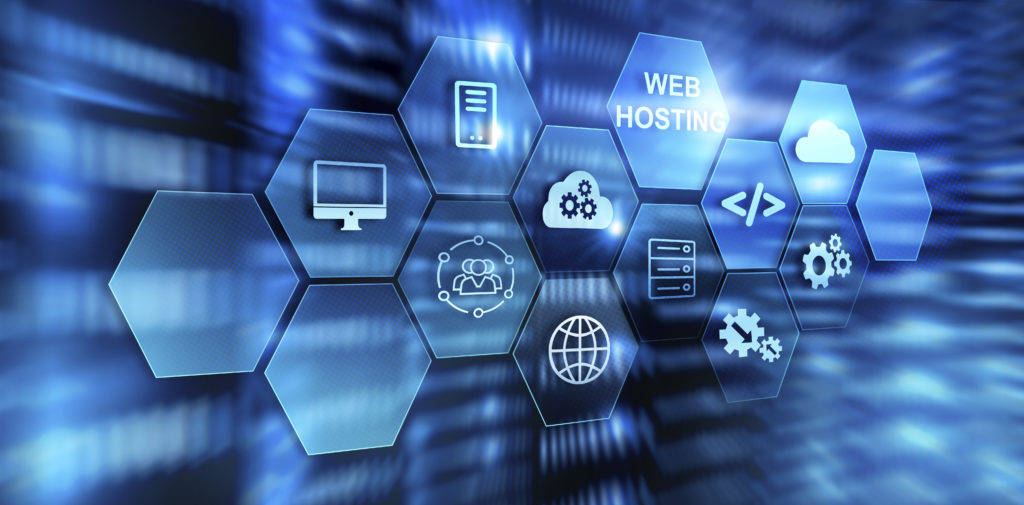
Interconnectivity and connectivity of existing devices and software is one of the biggest challenges in the time of digitization. It brings the greatest potential for efficiency and savings. In essence, it is about building the company’s intelligent and IIoT ecosystems in a long-term and sustainable way. By connecting existing devices and existing software into one functional unit, a Digital Ecosystem is created.
Individual partial, larger or smaller, or advanced solutions gain new value in the digital ecosystem by enriching each other with data or functionality. Together, they create and bring new added value and competitive advantage. By centralizing relevant data in the digital ecosystem in one place, they increase the transparency of processes in the company, their accessibility and comprehensibility, and above all, it allows them to monitor their interrelationships and make timely correct decisions derived from data facts.
Digital Ecosystem
- is a group of interconnected information and digital technology solutions that can work as a single unit.
- consists of suppliers, solution partners, applications, third-party data service providers and all relevant technologies.
- it represents one of the main goals of digitization, as it makes it possible to track the mutual relationships of devices, processes and people through data in one place, regardless of their origin or place of origin.
- in this way, it makes it possible to quickly and effectively reveal process or system contexts and thereby identify new potentials for savings or increased efficiency.
Connections and interconnection (integration) – points of connection
The architecture of the WorkSys system provides enough integration options to choose the most worthy and efficient variant. As can be seen from the picture, the systems can be connected to:
- EDGE layer (HW at shopfloor level – layer no. 1),
- API interfaces of the application layer (API gateway – layer no. 5).
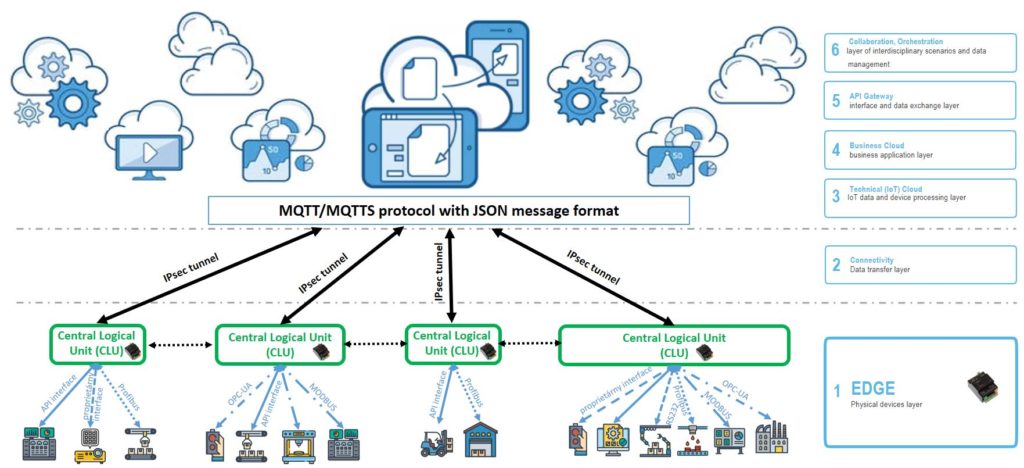
However, the key factor remains the right choice of the development environment (framework) for the following reasons. The speed and flexibility of development and the resulting price of the interface. The ability to process large amounts of data per second (which is a natural requirement in the IIoT world). Easy operational monitoring of the interface and, last but not least, with the logically growing competence of the company, the possibility to maintain and expand the interfaces in-house.
For the above reasons, we use a fast and efficient JavaScript framework to create the necessary integration links with a visual programming interface designed primarily for the Internet of Things (IoT).
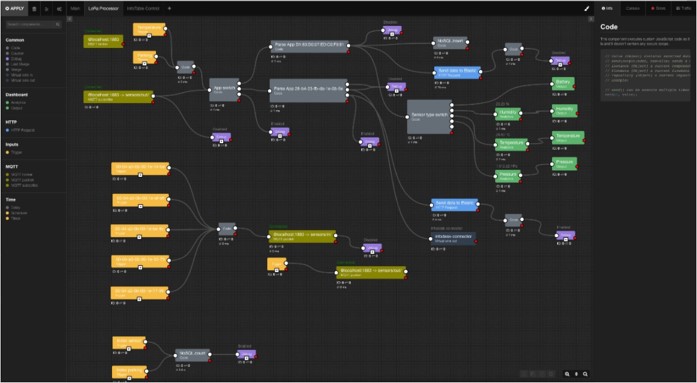
The basic advantages of the JavaScript development environment (framework), apart from the fact that it is one of the most widespread programming languages, are the following features:
- Open-Source (MIT) = no license fees
- No additional software dependencies
- Supporting mobile devices
- Low hardware requirements with high performance
- Also supporting EDGE devices (small “box” for industrial devices)
- Traffic indicator in real time
- A large set of ready-made software components
- In combination with a suitable EDGE device, the ability to integrate other communication protocols:
- RS232
- Modbus (RS485)
- OPC-UA
- HTTP / HTTPS
- MQTT
- other communication standards
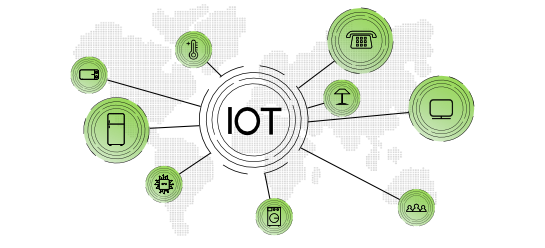
And all these features and advantages are preserved even when observing data or process security of data transfer and management. Computer or data security is also in the WorkSys solution one of the main goals of the product and solution.
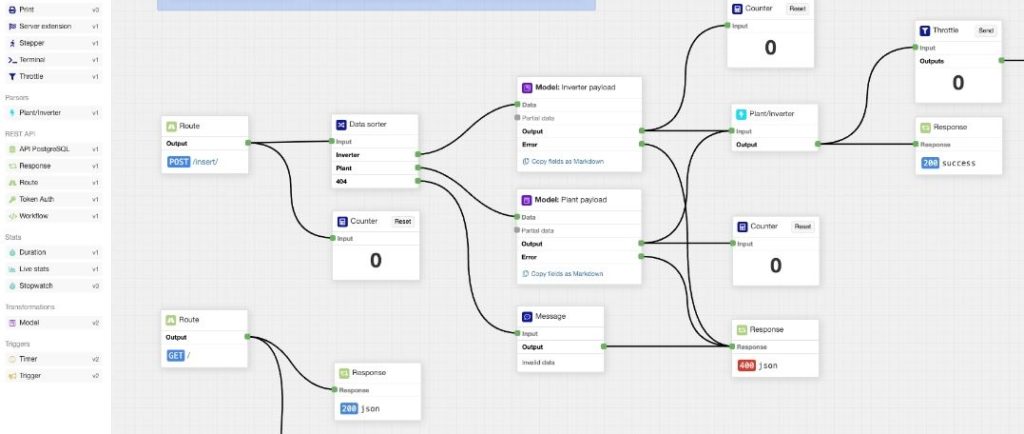
Conclusion
As practice has shown us for a long time, a well-constructed and efficient integration brings its indisputable benefits. Thanks to a well-chosen development environment, it will provide a fast, cost-effective software solution that can be applied directly near production facilities or through the connection of cloud solutions. However, the most important benefits are:
- It helps connect separate applications on one platform regardless of vendor or brand
- It helps connected (integrated) applications to mutually enrich each other with data and functionality
- It helps to quickly integrate and adapt all HW and SW news and thus leave the freedom of supplier choice to the user of the solution
- It helps integrated applications use more complex standards
- It allows maintaining the principle of replaceability of the component, hardware or software, without losing the overall functionality of the solution








